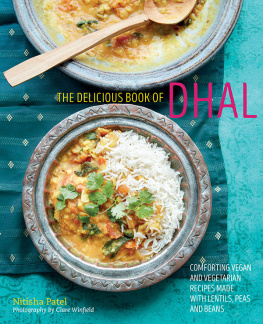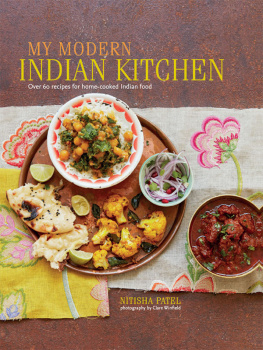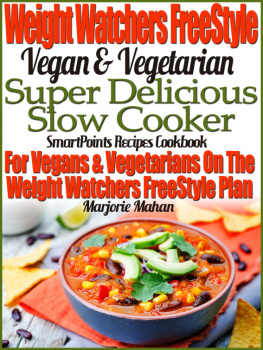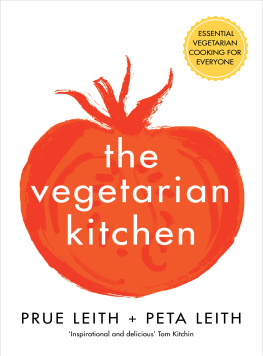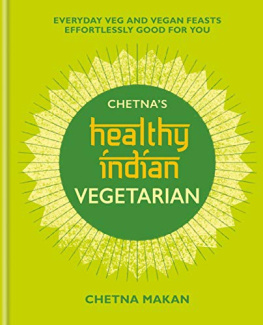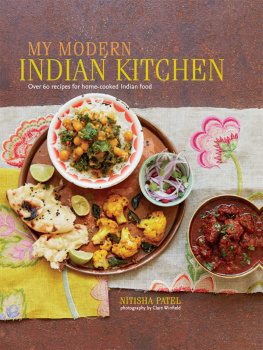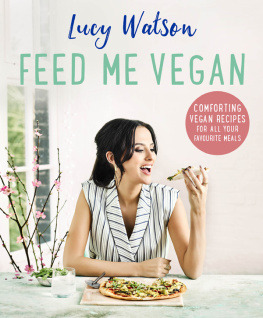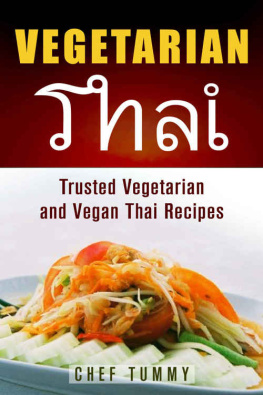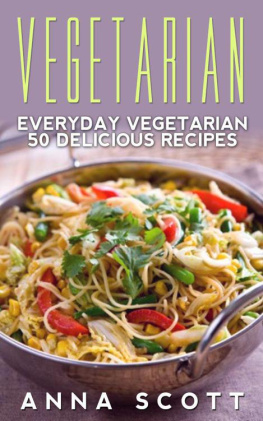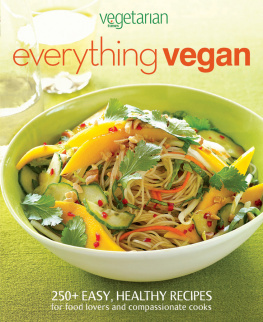THE DELICIOUS BOOK OF
DHAL
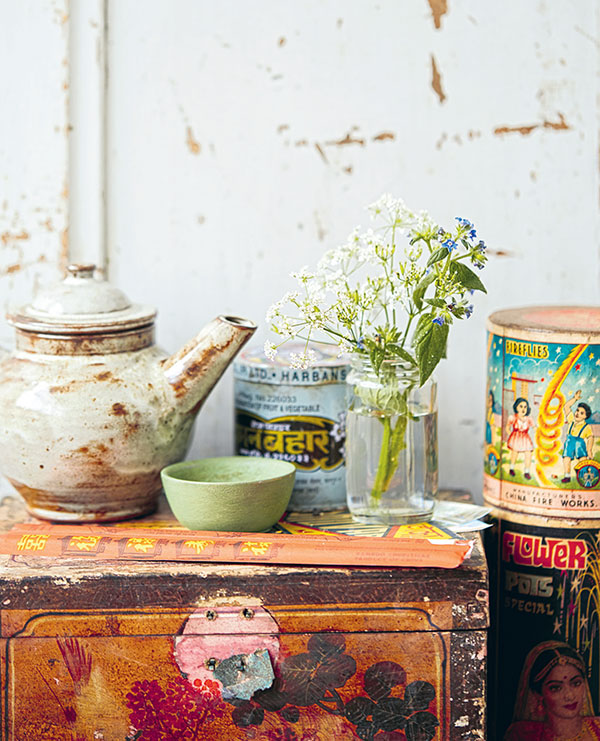
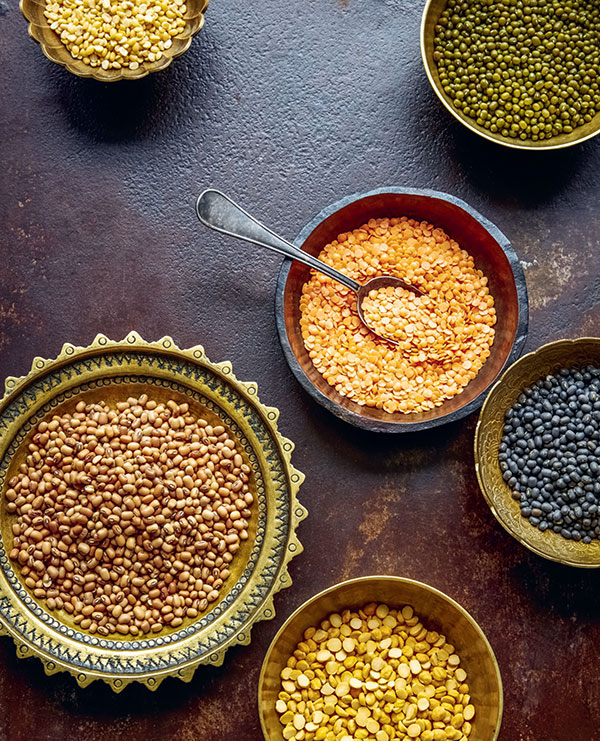
THE DELICIOUS BOOK OF
DHAL
Comforting vegan and vegetarian
recipes made with lentils, peas
and beans
Nitisha Patel
Photography by Clare Winfield

Senior Designer Sonya Nathoo
Commissioning Editor Alice Sambrook
Art Director Leslie Harrington
Editorial Director Julia Charles
Production Controller David Hearn
Publisher Cindy Richards
Food Stylist Maud Eden
Prop Stylist Tony Hutchinson
Indexer Hilary Bird
Published in 2019 by
Ryland Peters & Small
2021 Jockeys Fields
London WC1R 4BW
and
341 East 116th Street
New York, NY 10029
www.rylandpeters.com
10 9 8 7 6 5 4 3 2 1
Text Nitisha Patel 2019
Design and photography Ryland Peters & Small 2019
The authors moral rights have been asserted. All rights reserved. No part of this publication may be reproduced, stored in a retrieval system or transmitted in any form or by any means, electronic, mechanical, photocopying or otherwise, without the prior permission of the publisher.
ISBN 978-1-78879-150-2
E-ISBN 978-1-78879-322-3
A CIP record for this book is available from the British Library. US Library of Congress CIP data has been applied for.
Printed in China
NOTES
Both British (Metric) and American (Imperial plus US cups) measurements are included in these recipes for your convenience. However it is important to work with one set of measurements and not alternate between the two within a recipe.
All spoon measurements are level unless otherwise specified.
Ovens should be preheated to the specified temperatures. We recommend using an oven thermometer. If using a fan-assisted oven, adjust temperatures according to the manufacturers instructions.
When a recipe calls for the grated zest of citrus fruit, buy unwaxed fruit and wash well before using. If you can only find treated fruit, scrub well in warm soapy water before using.
CONTENTS
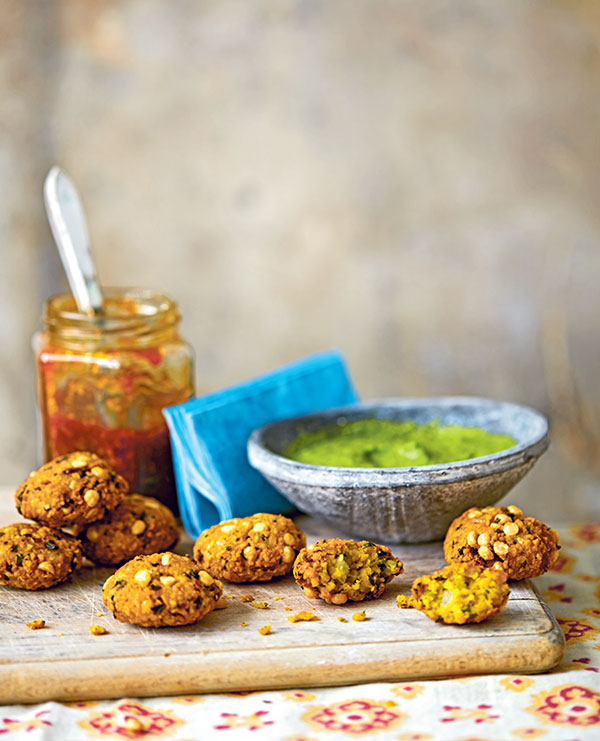
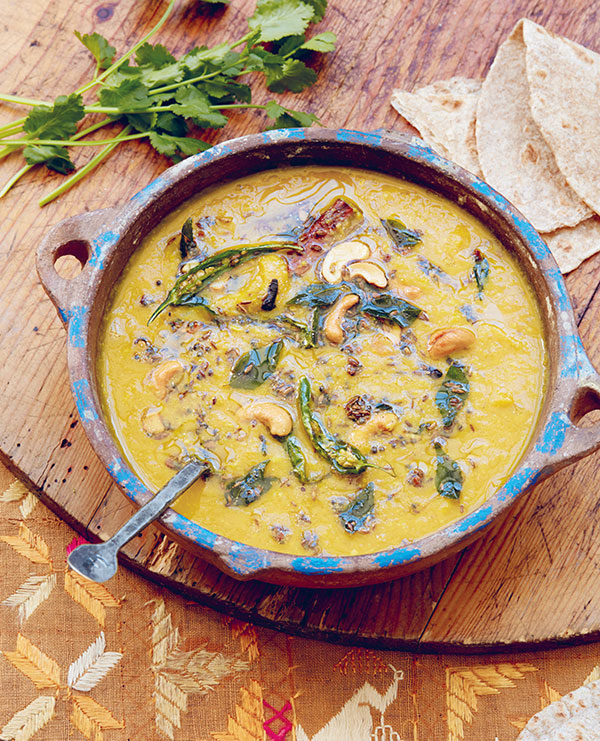
Okay, the dhal baath is ready, Mum would call out to the house most Saturday afternoons. Yum! Do we have lime pickle too?, would quickly come my eager reply.
Growing up in an Indian family, this is one of the fondest food memories from my childhood. If we didnt have somewhere to be and were spending Saturday at home, without fail, my mum would be busy making a big pot of dhal baath (curried lentils and rice).
As an adult, eating dhal still arouses these treasured memories for me. Most comfort food from childhood is evocative, but in my opinion, dhals in particular have the ability to transport you to another world, with their aromatic spices and warming, nourishing taste. When I began to cook dhal myself, this added another layer of satisfaction with the realization that even the simplest of cooking processes can create this soul-stroking bowl of wholesome goodness.
Dhal is the term used all over India for dried split lentils, beans and peas. It refers to both the ingredient as well as the final cooked dish. From a young age, I was always fascinated with the many varieties of dried dhal. I was drawn to the jars-upon-jars of multi-coloured pearls that lined my mums store cupboard shelves from tiny orange specks to black beads, shiny maroon gems, to yellow discs and emerald green orbs such a vast array of shapes and colours!
What I love most about dhal is not only the range of various types, each with their own characteristic flavour and texture, but the endless variety of recipes that can be created with it. From stews to soups, curries to pancakes, fritters to desserts, the list of lentil-based dishes is extensive to say the least.
And lentil-based recipes have never been as widely relevant outside India as they are now. Especially as a food consultant, its evident to me that we as a generation are more health conscious and environmentally aware than ever before, and this is directly impacting what we eat. Vegan and vegetarian diets are becoming ever more common, as we realize that rearing vast quantities of animals for food also puts strain on our land and agricultural resources.
Substituting a meat-based meal with a vegan or vegetarian meal at least once or twice a week has great benefits for our health and the environment, yet to some people still, this change can seem daunting (especially when, to some, a vegan diet means just salad!). But hopefully, this book is proof that dhal is a dish that wont leave you wanting. Here, I share some of my favourite recipes for the most traditionally popular types of dhal, along with some unique modern recipes. They include a rainbow of vegetables and an array of herbs, spices, toppings and accompaniments, so that whenever you need something wholesome yet comforting, you will always find that you can turn to a delicious bowl of dhal.
COOKING DHAL AND GETTING IT RIGHT
There are so many types of dhal and some crossover in the terminology, which can lead to confusion. In order to confidently cook with dhal and get it right, it is important to understand the distinctions.
In the UK, dried lentils, beans or peas (whether whole or split) all come under the umbrella term pulse. In the UK and US, lentils, beans and peas are all classified as legumes, whether fresh, dried, whole or split so pulses are part of the legume family.
Lentils are usually disc shaped, with a slightly thicker middle. In the West and across Europe, firm-cooked brown or green lentils are the most commonly eaten. However, in Indian cuisine, masoor dhal (split red lentils) and urad lentils (black with the skin and white without) are more popular, and these are usually cooked until soft.
Split peas used for Indian dhal tend to cook more quickly than whole lentils. The main split peas are channa (split chickpeas), toor (split pigeon peas) and split yellow peas.
Beans used for dhal are generally bigger than lentils or peas. The most common are rajma (red kidney beans) and chori (aduki beans). Left whole and dried, these always require soaking before cooking.
As dhal is so massively integral to Indian cuisine, most Indian kitchens are equipped with a pressure cooker, which helps to shorten the cooking times. However, Ive included instructions for cooking all these recipes in a saucepan, too. The more you cook with legumes, the more you will come to understand and perfect the cooking processes involved for each type, but follow this basic guide if you are just starting out.
Toor Dhal (Split Pigeon Peas)
You can cook toor dhal from raw (without soaking) if using a pressure cooker, with a ratio of 1 part toor to 3 parts boiling water for approximately 15 minutes (or 9 whistles). Cook until the lentils are completely softened before adding to the base of your dish. If you dont have a pressure cooker, the toor will need soaking first for 45 hours. You can then cook it in a saucepan for 6070 minutes.

